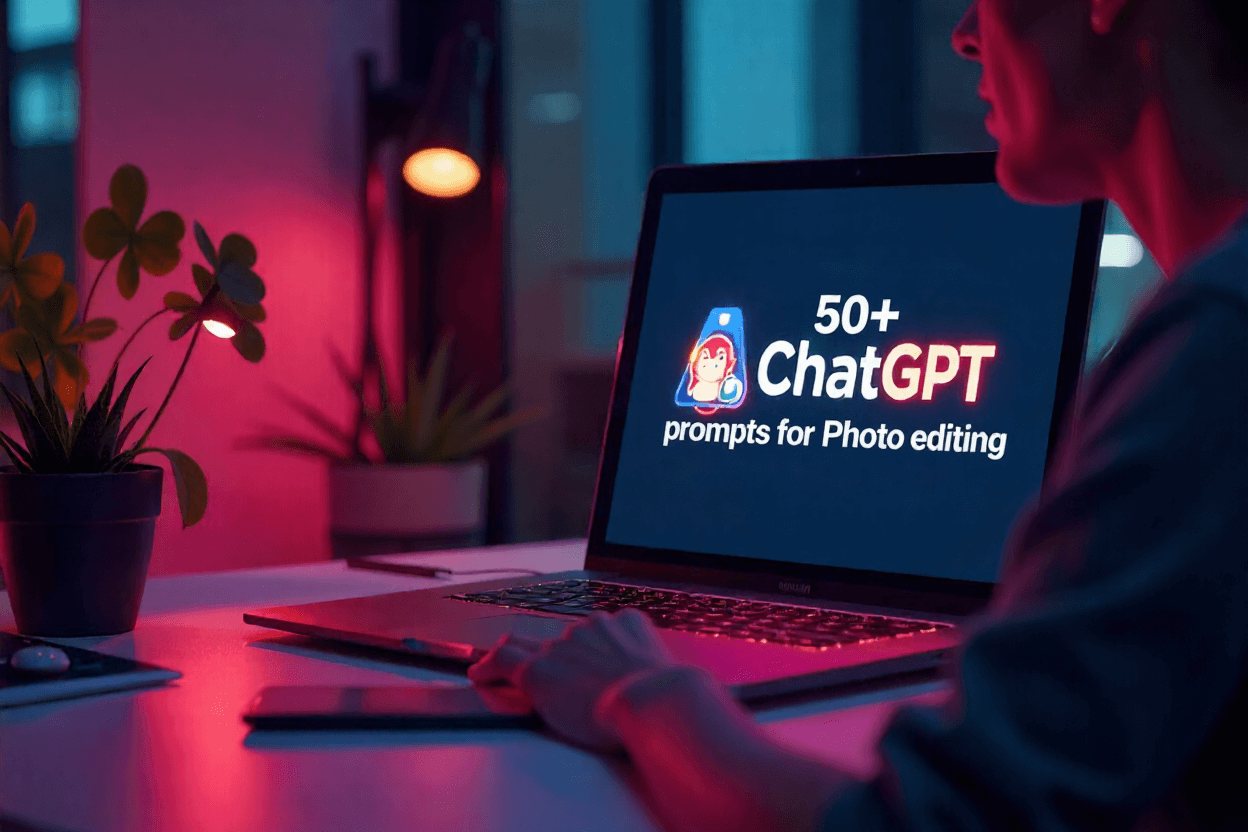
In the realm of digital marketing, where attention spans are dwindling and competition for engagement is fierce, mastering the art of Twitter marketing has become essential. With its succinct 280-character limit, Twitter presents both a challenge and an opportunity for marketers to captivate audiences with concise yet impactful messaging.
In this blog post, we delve into the tactics and strategies necessary to effectively engage your audience within the constraints of a single tweet. From understanding your audience to leveraging Twitter features and fostering genuine interactions, we’ll explore how to navigate the intricacies of Twitter marketing to build a loyal following and drive meaningful engagement. Whether you’re a seasoned marketer looking to refine your Twitter strategy or a newcomer eager to harness the power of this dynamic platform, this guide will equip you with the tools and insights needed to succeed in the fast-paced world of Twitter marketing.
What is Twitter Marketing
Twitter marketing refers to the strategic use of the Twitter platform to promote brands, products, or services, engage with audiences, and drive desired outcomes such as website traffic, lead generation, or brand awareness. Unlike traditional advertising methods, Twitter marketing leverages the unique features and dynamics of the platform to deliver targeted messages to a diverse and active user base.
At its core, Twitter marketing revolves around creating and sharing content that resonates with your target audience, sparks conversation, and encourages interaction. This can include a variety of content formats such as text-based tweets, images, videos, GIFs, polls, and threads. By understanding your audience’s interests, preferences, and behaviors, you can tailor your content to effectively engage and connect with them on Twitter.
Read More: Instagram Marketing: Tips and Strategies for Success
Understanding Your Audience on Twitter
To excel in Twitter marketing, it’s crucial to have a deep understanding of your audience on the platform. Here are key steps to help you gain insights into who your audience is and what resonates with them:
Identifying Target Demographics and Interests
Begin by defining your target audience based on demographics such as age, gender, location, and profession. Utilize Twitter analytics tools to gather data on your followers’ characteristics. Additionally, pay attention to the topics and hashtags your audience engages with to gain insights into their interests and preferences.
Utilizing Twitter Analytics
Take advantage of Twitter’s built-in analytics features to delve deeper into your audience’s behavior. Analyze metrics such as impressions, engagements, and follower growth to understand which types of content perform best. Use this data to refine your content strategy and tailor your tweets to better resonate with your audience.
Listening to Audience Conversations and Feedback
Actively listen to what your audience is saying on Twitter. Monitor relevant hashtags, mentions, and conversations related to your industry or brand. Pay attention to both positive feedback and constructive criticism to identify areas for improvement and opportunities to engage with your audience authentically.
Read More: Leveraging Facebook Ads for Maximum ROI
Crafting Compelling Tweets
Crafting tweets that grab attention and resonate with your audience within the 280-character limit requires a blend of creativity, clarity, and strategic thinking. Here are key strategies to help you craft compelling tweets:
Concise and Impactful Messaging
With limited characters, every word counts. Keep your message clear, concise, and to the point. Focus on communicating the most important information or call to action while eliminating unnecessary fluff.
Utilizing Visuals, Hashtags, and Mentions
Incorporate eye-catching visuals such as images, GIFs, or videos to make your tweets stand out in crowded timelines. Use relevant hashtags to increase the discoverability of your tweets and join relevant conversations. Additionally, mention relevant users or brands in your tweets to foster connections and increase engagement.
Incorporating Humor, Emotion, and Storytelling
Inject personality into your tweets by incorporating humor, emotion, or storytelling where appropriate. Emotive content tends to resonate more with audiences and can evoke a stronger response. Just ensure that your tone aligns with your brand’s voice and values.
Creating Intriguing Questions or Statements
Pose thought-provoking questions or make bold statements that pique curiosity and encourage engagement. Sparking curiosity can compel users to click on your tweet to learn more or join the conversation.
Using Call-to-Actions (CTAs)
Communicate the desired action you want your audience to take, whether it’s liking, retweeting, commenting, visiting a website, or making a purchase. Including a clear and compelling CTA can increase the likelihood of engagement with your tweet.
Testing and Iterating
Experiment with different tweet formats, messaging styles, and visuals to see what resonates best with your audience. Pay attention to engagement metrics such as likes, retweets, and click-through rates, and use this data to refine your approach over time.
Leveraging Twitter Features for Engagement
Twitter offers a variety of features designed to facilitate interaction and engagement among users. Here’s how you can leverage these features to effectively engage your audience:
Polls
Engage your audience by creating polls on topics relevant to your brand or industry. Polls are an interactive way to solicit feedback, gather opinions, or simply spark conversation. Keep your polls concise and engaging to encourage maximum participation.
Questions and GIFs
Pose questions to your audience to encourage replies and foster dialogue. Pairing questions with GIFs can add an element of humor or emotion, making your tweets more engaging and shareable.
Hashtags
Harness the power of hashtags to increase the visibility of your tweets and join relevant conversations. Research trending hashtags and incorporate them into your tweets when appropriate. Additionally, create branded hashtags to promote campaigns, events, or product launches and encourage user-generated content.
Mentions and Replies
Tag relevant users, brands, or influencers in your tweets to increase the likelihood of engagement and foster connections. Respond promptly to mentions and replies from your audience to demonstrate responsiveness and strengthen relationships.
Twitter Chats
Host or participate in Twitter chats centered around topics related to your industry or niche. Twitter chats are a valuable opportunity to engage with your audience in real time, share insights, and establish thought leadership within your community.
Twitter Spaces
Utilize Twitter Spaces, the platform’s audio-only chat rooms, to host live discussions, Q&A sessions, or virtual events. Twitter Spaces enable real-time interaction with your audience and provide a more immersive engagement experience.
Retweets and Quote Tweets
Retweet content from your audience that aligns with your brand’s values or interests. Quote tweets allow you to add your commentary or perspective when sharing content, providing an opportunity to further engage with your audience and spark conversation.
Engaging with Your Audience
Engagement is a two-way street on Twitter, and actively interacting with your audience is key to building meaningful connections and fostering a loyal community. Here’s how you can effectively engage with your audience on the platform:
Prompt Responses
Respond promptly to mentions, replies, and direct messages from your audience. Whether it’s answering questions, addressing concerns, or simply acknowledging feedback, timely responses demonstrate that you value your audience’s input and are attentive to their needs.
Retweeting and Sharing User-Generated Content
Recognize and amplify your audience’s contributions by retweeting or sharing their content. Whether it’s a positive testimonial, a creative use of your product, or a relevant industry insight, showcasing user-generated content not only acknowledges your audience but also encourages further engagement and brand advocacy.
Personalized Interactions
Take the time to personalize your interactions with individual users. Address them by name, reference previous conversations, or tailor your responses based on their interests and preferences. Personalization helps humanize your brand and strengthens the bond between you and your audience.
Participation in Twitter Chats and Discussions
Actively participate in Twitter chats, discussions, and relevant conversations within your industry or niche. Share insights, offer value-added contributions, and engage with other participants to position yourself as a knowledgeable and trusted authority within your community.
Acknowledgment and Appreciation
Acknowledge and appreciate your audience’s engagement, whether it’s through likes, retweets, or comments. Take the time to thank followers for their support, acknowledge milestone achievements, or celebrate community successes. Showing gratitude fosters a sense of belonging and encourages continued engagement.
Encourage Feedback and Input
Proactively seek feedback and input from your audience on various aspects of your brand, products, or services. Conduct polls, and surveys, or ask open-ended questions to solicit opinions, suggestions, and ideas. Demonstrating that you value your audience’s input and are willing to listen encourages greater engagement and fosters a sense of ownership within your community.
Consistency and Authenticity
Be consistent in your engagement efforts and maintain an authentic voice that aligns with your brand values. Avoid overly promotional or scripted responses, and instead, strive to engage authentically and genuinely with your audience. Authenticity fosters trust and strengthens the emotional connection between your brand and your audience.
Monitoring and Measuring Success
Effective Twitter marketing involves more than just creating engaging content; it also requires tracking and analyzing key metrics to gauge the success of your efforts and identify areas for improvement. Here’s how you can monitor and measure the success of your Twitter marketing initiatives:
Track Key Metrics
Keep a close eye on key performance indicators (KPIs) such as likes, retweets, replies, mentions, and link clicks. These metrics provide insights into the reach, engagement, and overall impact of your tweets. Use Twitter Analytics or third-party social media management tools to track and analyze these metrics over time.
Analyze Engagement Rates
Calculate engagement rates by dividing the total number of engagements (likes, retweets, replies) by the total number of impressions and multiplying by 100 to get a percentage. Monitoring engagement rates helps you understand how effectively your tweets are resonating with your audience and driving interaction.
Evaluate Follower Growth
Monitor your follower count and track changes over time. Analyze the rate of follower growth to assess the effectiveness of your content strategy, promotional efforts, and overall brand visibility on Twitter. A steady increase in followers indicates that your content is resonating with a wider audience.
Assess Click-Through Rates (CTR)
If you include links in your tweets, track the click-through rate (CTR) to measure how many users are clicking on your links to visit your website or landing page. A high CTR indicates that your tweets are compelling enough to drive traffic, while a low CTR may signal the need to optimize your messaging or content.
Monitor Sentiment and Feedback
Pay attention to the sentiment of mentions, replies, and user-generated content related to your brand on Twitter. Analyze the tone and context of conversations to gauge overall sentiment and identify areas of positive feedback or potential issues that require attention.
Compare Performance Across Campaigns
Compare the performance of different Twitter marketing campaigns, initiatives, or content formats to identify successful strategies and areas for improvement. Evaluate which types of content, hashtags, or messaging styles resonate best with your audience and adjust your approach accordingly.
Set Benchmarks and Goals
Establish benchmarks and goals for your Twitter marketing efforts based on industry standards, past performance, and overarching business objectives. Regularly review progress towards these goals and adjust your strategies as needed to stay on track and achieve desired outcomes.
Iterate and Optimize
Use insights from monitoring and measurement to iterate and optimize your Twitter marketing strategy over time. Experiment with different tactics, analyze the results and refine your approach based on what works best for your audience and business objectives.
Best Practices for Sustainable Engagement
Sustainable engagement on Twitter is about fostering meaningful interactions with your audience over the long term. Here are some best practices to help you maintain a sustainable engagement strategy:
Consistency in Posting
Establish a consistent posting schedule to maintain a regular presence on Twitter. Consistency helps keep your brand top-of-mind for your audience and encourages ongoing engagement. Use scheduling tools to plan and automate tweets, but remain flexible to capitalize on real-time opportunities and trending topics.
Quality Over Quantity
Prioritize quality content over sheer quantity. Focus on creating tweets that provide value, spark conversation, or elicit an emotional response from your audience. Avoid overposting or flooding your followers’ timelines with excessive promotional content, as this can lead to audience fatigue and decreased engagement.
Diversify Content Formats
Keep your content fresh and engaging by experimenting with various formats such as text, images, videos, GIFs, polls, and threads. Diversifying your content helps capture different audience preferences and keeps your feed visually appealing and dynamic.
Listen and Respond
Actively listen to your audience by monitoring mentions, replies, and conversations related to your brand or industry. Respond promptly to inquiries, comments, and feedback to demonstrate your attentiveness and commitment to customer satisfaction. Engaging in genuine conversations fosters trust and strengthens relationships with your audience.
Encourage User Participation
Encourage user participation and interaction by posing questions, soliciting opinions, or running contests and giveaways. Inviting your audience to participate in discussions or share their experiences not only boosts engagement but also fosters a sense of community and belonging.
Provide Value-Added Content
Strive to provide value-added content that educates, entertains, or informs your audience. Share industry insights, expert tips, behind-the-scenes glimpses, or exclusive offers to keep your followers engaged and coming back for more. Delivering valuable content establishes your brand as a trusted resource and cultivates loyalty among your audience.
Promote Two-Way Communication
Foster two-way communication by actively listening to feedback, addressing concerns, and engaging in meaningful conversations with your audience. Encourage open dialogue, welcome constructive criticism, and be transparent in your communications. Building genuine connections and actively involving your audience in your brand’s journey fosters long-term engagement and loyalty.
Monitor and Adjust Strategies
Continuously monitor engagement metrics, audience feedback, and industry trends to evaluate the effectiveness of your engagement strategies. Analyze what’s working well and what needs improvement, and adjust your approach accordingly. Staying agile and responsive allows you to adapt to evolving audience preferences and maintain sustainable engagement over time.
Conclusion
In conclusion, mastering the art of Twitter marketing and sustaining engagement with your audience requires a strategic blend of creativity, consistency, and genuine interaction. Throughout this guide, we’ve explored various tactics and best practices to help you effectively engage your audience within the constraints of 280 characters.






